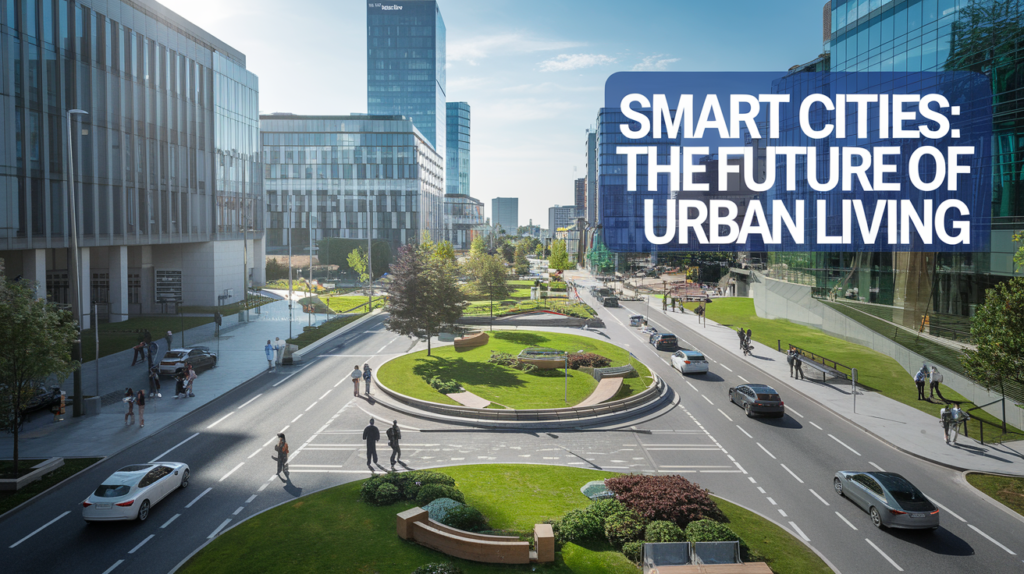Introduction
In an era where technology is revolutionizing every aspect of life, cities are no exception. The concept of smart cities is transforming urban areas into more efficient, sustainable, and livable spaces. A smart city utilizes digital technology, data analytics, and IoT (Internet of Things) to enhance the quality of life for its residents while optimizing resources and infrastructure.

Key Components of Smart Cities
- Smart Infrastructure Smart cities employ advanced infrastructure that integrates sensors, automation, and connectivity. Smart grids for electricity, intelligent water management, and smart buildings equipped with energy-efficient systems are some examples of this transformation.
- Sustainable Transportation Smart cities prioritize sustainable and intelligent transportation systems. Electric vehicles (EVs), autonomous public transport, real-time traffic monitoring, and smart parking solutions help reduce congestion and pollution.
- IoT and Data Analytics Sensors and IoT devices collect real-time data on various urban aspects such as air quality, waste management, traffic flow, and energy consumption. This data is then analyzed to improve city operations and services.
- Digital Governance and E-Services A smart city promotes digital governance by offering e-services such as online bill payments, digital identity verification, and smart policing. AI-driven chatbots and mobile applications make interactions between citizens and government agencies seamless and efficient.
- Smart Healthcare Advanced healthcare solutions, including telemedicine, AI-powered diagnostics, and remote patient monitoring, enable better medical care for urban populations. Smart ambulances and emergency response systems further enhance healthcare efficiency.
- Environmental Sustainability Smart cities focus on sustainable development by incorporating green buildings, renewable energy sources, efficient waste management, and water conservation techniques. Smart sensors monitor pollution levels, helping authorities take prompt actions.
Benefits of Smart Cities
- Improved Quality of Life: With efficient public services, smart transportation, and enhanced security, residents experience a higher standard of living.
- Reduced Environmental Impact: Green energy solutions and sustainable urban planning contribute to lower carbon footprints and cleaner cities.
- Economic Growth: Smart cities attract investments, startups, and technological innovations, boosting economic development.
- Efficient Resource Management: Optimized energy, water, and waste management lead to cost savings and conservation of resources.
Challenges in Implementing Smart Cities
- High Initial Investment: Implementing smart technologies requires substantial financial investment.
- Cybersecurity Risks: Increased connectivity exposes cities to potential cyber threats and data breaches.
- Digital Divide: Access to smart city technologies must be inclusive to prevent social and economic inequalities.
- Privacy Concerns: The extensive use of data collection raises concerns about citizen privacy and data protection.

Conclusion
Smart cities represent the future of urban living, integrating technology, sustainability, and innovation to create more efficient and livable spaces. While challenges exist, continuous advancements in AI, IoT, and big data will drive the evolution of smart cities, making them more accessible and beneficial for all. As the world moves toward a digital future, smart cities will play a crucial role in shaping a sustainable and intelligent urban ecosystem.